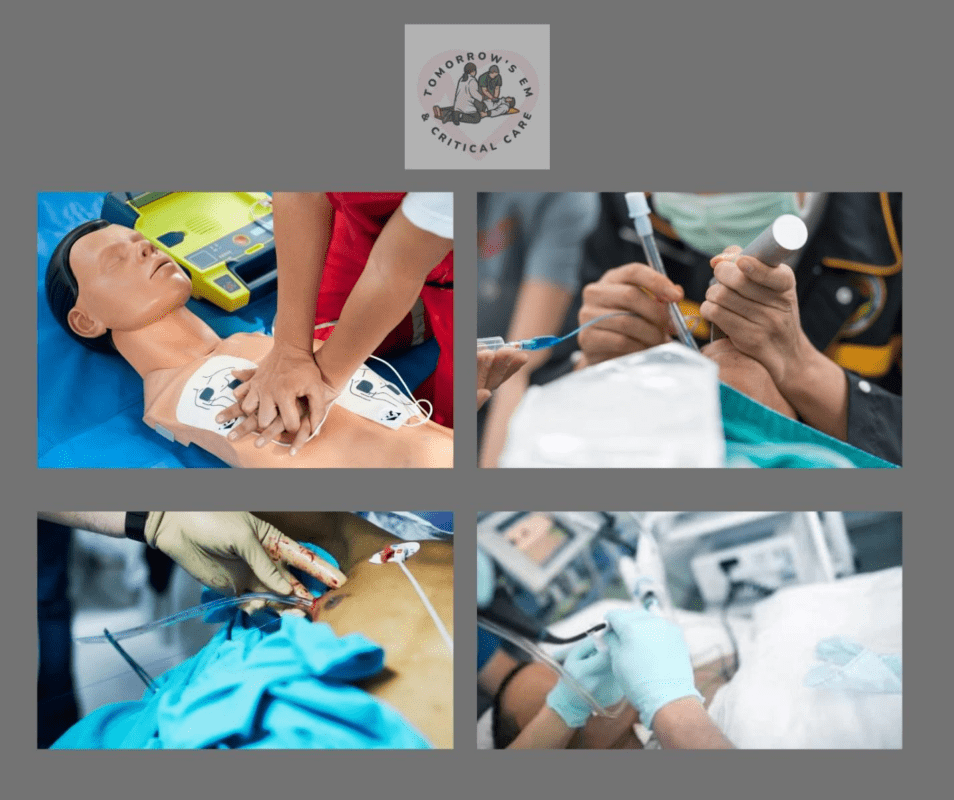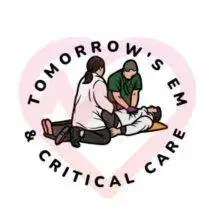Accidents and emergencies happen to everyone at some point. When they do, getting quick help is super important to help people survive and prevent any long-term issues. That’s where the Accident and Emergency (A&E) department comes in – it’s a crucial part of emergency medicine in our healthcare system. A&E is like the frontline hero, giving immediate and really important medical care to folks dealing with serious injuries or sudden illnesses. This special branch of emergency medicine jumps right into action, doing fast checks, making people stable, and giving the right treatments to save lives in those super urgent moments.

In this article, we delve into the fundamentals of A&E, exploring its significance and distinguishing it from other medical specialties or settings.
Contents
The Intricacies of A&E Unveiled
As a patient steps foot into the A&E department, the initial protocol involves triage—a process that assesses the severity of the individual’s condition, thereby enabling the prioritization of treatment. Patients teetering on the brink of life-threatening conditions naturally take precedence over those with milder injuries or illnesses.
Once triaged, patients encounter an emergency physician or healthcare professional, responsible for conducting an elaborate medical assessment to ascertain the most suitable treatment plan. A&E handles an array of common conditions, including cardiac emergencies, sepsis, strokes, trauma, life-threatening bleeding, fractures, and more.
The Crucial Role of Emergency Physicians
Within A&E, emergency physicians assume a vital role, orchestrating patient care, making crucial medical decisions, and ensuring the provision of appropriate treatment. They work hand in hand with other healthcare professionals, such as emergency nurses, radiologists, and laboratory technicians, in order to deliver comprehensive healthcare services to patients.
Setting A&E Apart from Other Medical Environments
A&E distinguishes itself from primary care and urgent care in several aspects. It is purposefully designed to cater to acute or critical medical emergencies, equipped with the necessary resources to administer immediate life-saving interventions and treatments.
Urgent care, on the other hand, addresses non-life-threatening medical conditions that warrant prompt medical attention but fall short of being emergencies. Primary care primarily focuses on preventive care, routine check-ups, and the management of chronic illnesses. Consequently, if you find yourself experiencing sudden chest pain or shortness of breath, A&E should be your immediate destination.
Patient and Visitor Expectations
When visiting A&E, it is essential to bring along any pertinent medical information, such as a medication list or previous medical records, to aid the healthcare professionals in providing optimal care. Upon arrival at the A&E department, you will undergo thorough triage and assessment by a healthcare professional.
Depending on the severity of your physical condition, there may be a waiting period before treatment can be administered. Prioritization of patients within A&E is based on the gravity of their health status. It is imperative to note that patients possess the right to receive appropriate medical care in the A&E setting.
A&E departments encounter a plethora of challenges, including overcrowding, staff shortages, inadequate medical equipment, and financial constraints.
Overcrowding can lead to delays in immediate treatment and compromise the quality of healthcare provided. Furthermore, A&E faces the predicament of resource allocation, particularly when patients present with chronic conditions necessitating frequent hospitalizations.
Read more Article
| 1.The Benefits of Membership in the Royal College of Emergency Medicine | Link 1 |
| 2. Dengue Myocarditis | Link 2 |
| 3. A Comprehensive Guide for Success in MRCEM OSCE | Link 3 |
| 4. How to Open an RCEM Account | Link 4 |
| 5. How to Take a Core Preparation for MRCEM-UK | Link 5 |
| 6. Accident & Emergency Medicine UK: Decoding the Crucial First Response | Link 6 |
Conclusion:
Accident & Emergency serves as the critical first response department in the healthcare system, delivering urgent medical care to patients grappling with life-threatening injuries or acute illnesses.
Its distinction lies in the ability to handle critical or acute emergencies and administer immediate life-saving interventions or treatments. For immediate medical attention, A&E is unequivocally the appropriate destination.
Article by-
DR. ASIF UR RAHMAN
MRCEM-UK. DA(DMC). MCPS.FIPM-INDIA.MBBS
CONSULTANT- ACCIDENT, TRAUMA & NEURO ANAESTHESIA, NINS-DHAKA.
Lead Instructor – Tomorrow’s Emergency Medicine & Critical Care
DR. SANJIDA ANJUM
MRCEM-UK. FRCEM-FINAL, UK. MBBS
Senior Instructor & Course Coordinator – Tomorrow’s Emergency Medicine & Critical Care
- MRCEM Exam Details
- Link: MRCEM Exam Details
- Explore comprehensive information about the Membership of the Royal College of Emergency Medicine (MRCEM) exam. Gain insights into the exam structure, requirements, and essential details within the realm of Emergency Medicine.
- Creating an RCEM Account Guide
- Link: How to Open RCEM Account
- Step-by-step instructions on setting up your Royal College of Emergency Medicine (RCEM) account. This guide assists aspiring emergency medicine professionals in initiating their accounts for seamless access to essential resources.
- Pearson VUE Exam System Overview
- Link: Pearson VUE Exam System
- Learn about the Pearson VUE exam system, an integral part of the assessment process for Emergency Medicine professionals. This overview sheds light on its functionality and relevance to the MRCEM examination.
- Demo Lecture: MRCEM Primary – Upper Limb Topic
- Link: MRCEM Primary – Upper Limb Topic
- A demonstration lecture focusing on the Upper Limb topic within the MRCEM Primary course. Ideal for Emergency Medicine practitioners seeking detailed insights into this specific area of study.
- Demo Lecture: MRCEM Primary – Lower Limb Topic
- Link: MRCEM Primary – Lower Limb Topic
- Engage with a demo lecture centered around the Lower Limb topic within the MRCEM Primary course. Tailored for Emergency Medicine enthusiasts, this session delves into the intricacies of the lower extremities’ medical aspects.
- Demo Lecture: MRCEM SBA, UK – Anesthesia & Intensive Care
- Link: MRCEM SBA, UK – Anesthesia & Intensive Care
- An informative demo lecture concentrating on Anesthesia & Intensive Care, part of the MRCEM Situational Judgment Test (SBA) in the UK. Pertinent for Emergency Medicine professionals aspiring to excel in these critical areas.
- Demo Lectures: MRCEM OSCE, UK – Dealing with Complaints
- Link: MRCEM OSCE, UK – Dealing with Complaints
- Dive into demo lectures focused on managing complaints within the MRCEM Objective Structured Clinical Examination (OSCE) in the UK. Essential guidance for Emergency Medicine practitioners in handling various scenarios effectively.
- Mental Capacity Assessment – Three Scenarios
- Link: Mental Capacity Assessment (3 Scenarios)
- Explore three scenarios related to Mental Capacity Assessment, a crucial aspect within Emergency Medicine. These scenarios offer practical insights into evaluating and managing mental capacity cases.
- Website Support for Further Assistance
- Visit our website for additional support and resources tailored for Emergency Medicine professionals seeking guidance, information, and support to excel in their field.
Facebook Page link-
https://www.facebook.com/EmergencyMedicineTutors/
You tube link –
https://youtube.com/@tomorrowsemergencymedicine6248
Join our Facebook Close group of MRCEM:
https://www.facebook.com/groups/900042921233280/?ref=share_group_link
Join our telegram groups for free support & contents –
MRCEM OSCE free group –
https://t.me/+feKMSUFrgq43MTQ1
MRCEM SBA free group –
https://t.me/+twyC5iEGZu44YWJl
MRCEM primary free group –

One Response